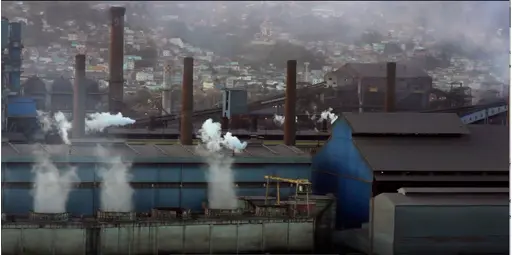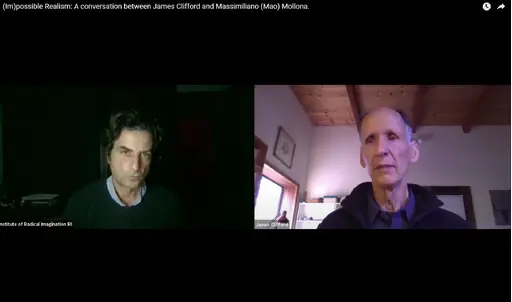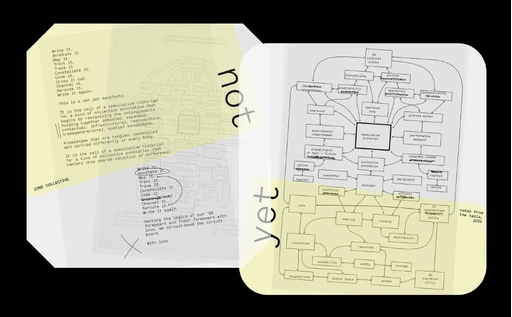Informatic Opacity Zach Blas’s “Informatic Opacity” extrapolates from Caribbean philosopher and poet Éduoard Glissant’s theory of opacity—as an anti-imperial form of relation and existence—and applies it to contemporary forms of abject and pervasive transparency: particularly, the identification technologies which sub
Related

For more than two decades, anthropologist and filmmaker Massimiliano (Mao) Mollona has been doing ethnographic fieldwork on the dehumanizing forces of extractivism.

Anthropologist and educator James Clifford and anthropologist and filmmaker Massimiliano (Mao) Mollona have been sustaining a long-term conversation around the concept of “(im)possible realism”: a realism that accepts the contradictions of micro and macro scales, local and global, and thus the impossibility of telling a singular and unifying composite historical story.

Notes from the Table. A Not-Yet Manifesto, 2022, digital rendering of an imagined expanded cinema installation, which is intended to include two overhead projectors, nine transparency sheets, and no less than three fine tip dry erase markers. Conceived and realized by Zone Collective together with their long-term design collaborator Karoline Świeżyński.